
Acacia pyrifolia, commonly known as ranji bush is a shrub that is endemic to the north of Western Australia.
Acacia diallaga is a shrub belonging to the genus Acacia and the subgenus Juliflorae that is endemic to Western Australia.
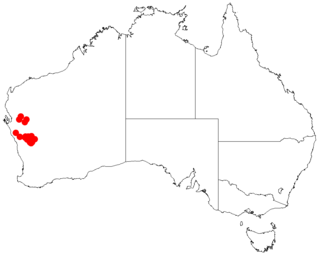
Acacia incognita, also known as false sugar brother, is a shrub or tree belonging to the genus Acacia and the subgenus Juliflorae that is endemic to Western Australia.

Acacia neurophylla, also known as wodjil, is a shrub or tree belonging to the genus Acacia and the subgenus Juliflorae that is endemic to south western Australia.

Acacia incrassata is a shrub belonging to the genus Acacia and the subgenus Phyllodineae that is endemic to south western Australia.

Acacia marramamba, commonly known as marramamba, is a shrub or tree belonging to the genus Acacia and the subgenus Phyllodineae that is endemic to arid parts of western Australia.

Acacia mooreana is a shrub belonging to the genus Acacia and the subgenus Phyllodineae that is endemic to south western Australia.

Acacia phlebopetala is a shrub belonging to the genus Acacia and the subgenus Phyllodineae that is endemic to south western Australia.

Acacia rendlei is a shrub of the genus Acacia and the subgenus Phyllodineae that is endemic to south western Australia.

Acacia scleroclada is a shrub of the genus Acacia and the subgenus Phyllodineae that is endemic to an area of western Australia.

Acacia sphenophylla is a shrub of the genus Acacia and the subgenus Phyllodineae that is endemic to a small area in western Australia.

Acacia chapmanii is a shrub of the genus Acacia and the subgenus Plurinerves that is endemic to south western Australia.

Acacia curvata is a shrub of the genus Acacia and the subgenus Plurinerves that is endemic to an area in south western Australia.
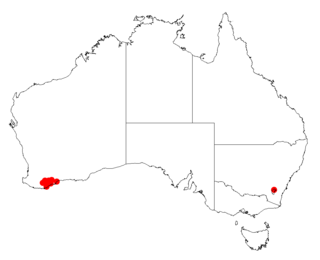
Acacia declinata is a shrub of the genus Acacia and the subgenus Plurinerves that is endemic to an area along the south coast in south western Australia.

Acacia donaldsonii is a shrub of the genus Acacia and the subgenus Plurinerves that is endemism in an area of south western Australia.

Acacia eremaea is a shrub or tree of the genus Acacia and the subgenus Plurinerves that is endemic to an area in western Australia.
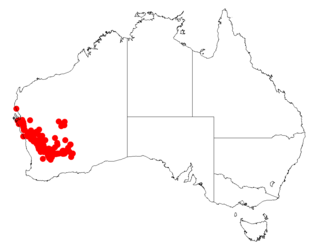
Acacia longispinea is a shrub or tree of the genus Acacia and the subgenus Plurinerves that is endemic to an area of south western Australia.
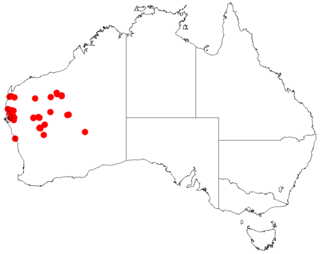
Acacia sibilans, commonly known as the whispering myall, is a shrub or tree of the genus Acacia and the subgenus Plurinerves thar is endemic to an arid areas of central western Australia.

Acacia speckii is a shrub or tree of the genus Acacia and the subgenus Plurinerves that is endemic to a small area in central western Australia.
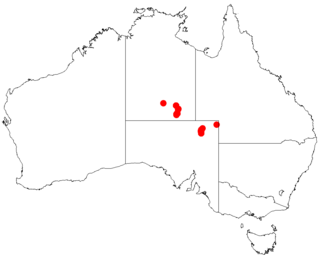
Acacia pickardii, commonly known as Pickard's wattle or birds nest wattle, is a tree or shrub belonging to the genus Acacia and the subgenus Phyllodineae native to eastern Australia. It is listed as a vulnerable species according to Environment Protection and Biodiversity Conservation Act 1999.



















